Take In Beautiful Kamikochi, the Jewel of the Japanese Alps
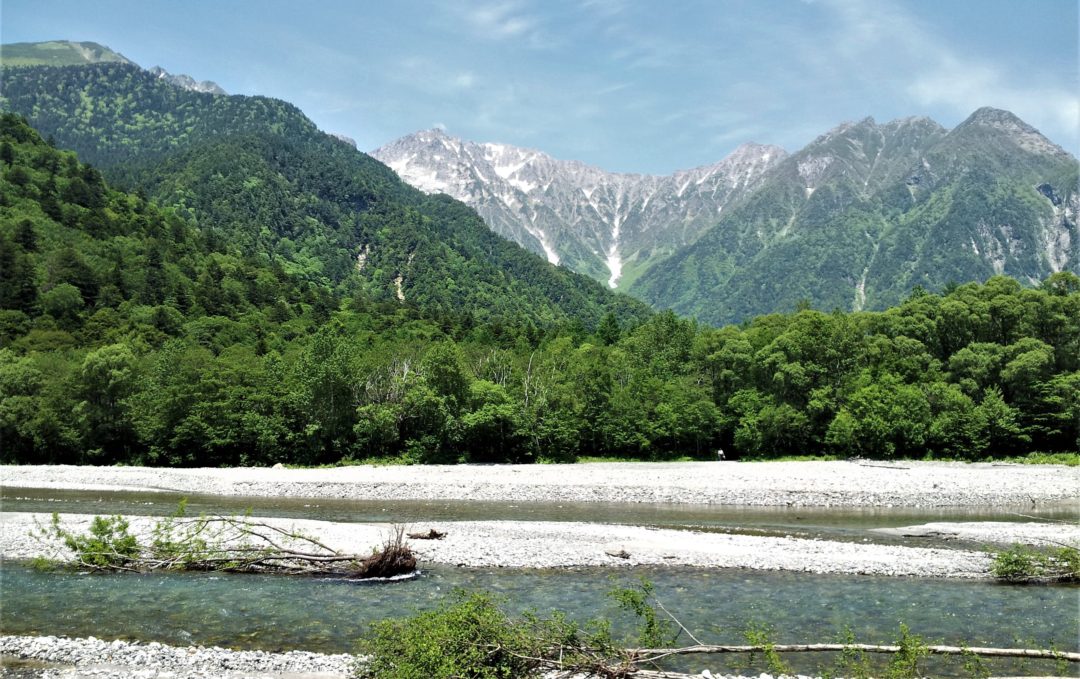
Japan is so chock full of beautiful mountains the hiking and climbing possibilities seem endless. But for a leisurely stroll through the best alpine scenery this country has to offer, go no further than the Kamikochi Valley in the Japanese Alps, right here in Matsumoto!
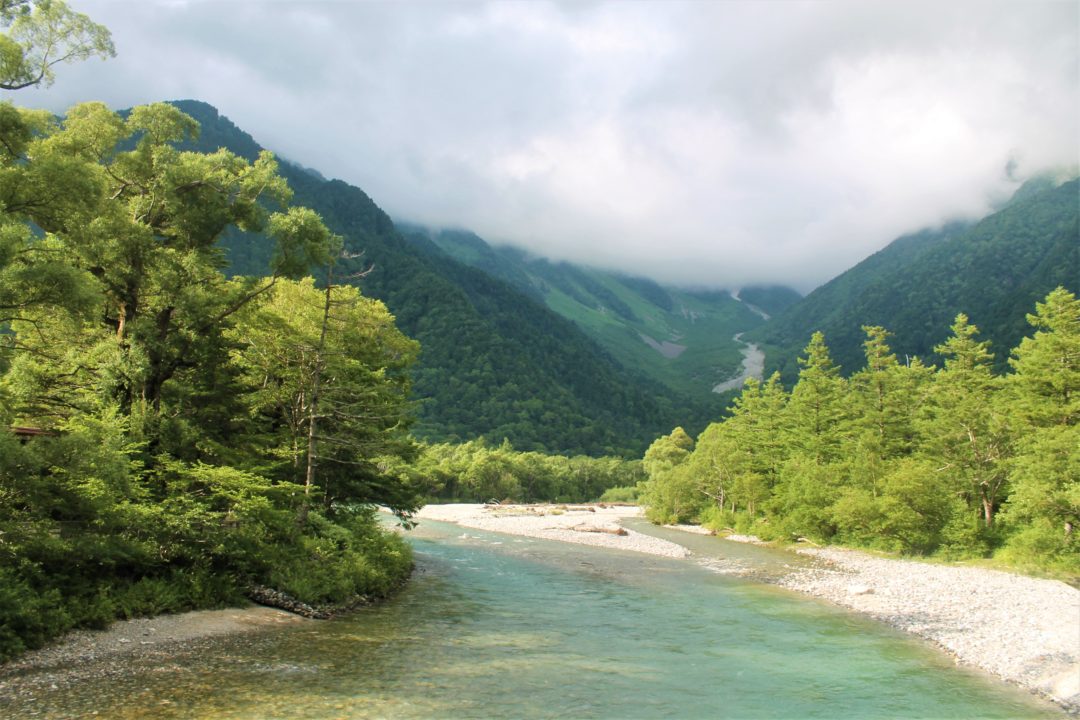
With a series of flat, well-maintained walking paths and a multitude of picturesque natural and geological sights, a trip to Kamikochi and the Japanese Alps makes for an unforgettable day. Here is some of what you can expect.
1-Day Tour: Azumino & Kamikochi Valley
Yake-dake Mountain & Taisho-ike Pond
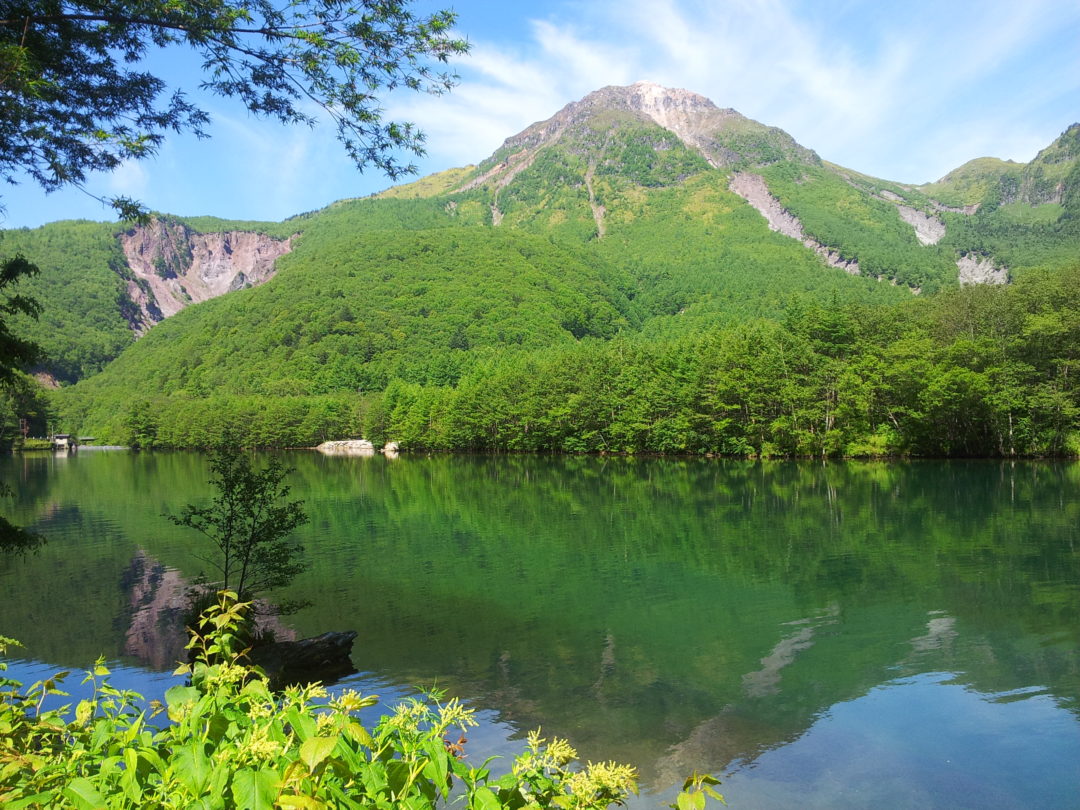
The only active volcano in the entire Northern Japanese Alps range is located in Kamikochi. Yake-dake was first formed around 15,000 years ago. Up until about a hundred years ago the Azusagawa River ran unimpeded out of the Kamikochi Valley. But in 1915 Yake-dake blew its top, sending thousands of tons of rock and earth tumbling over the floor of the valley. This created a natural dam, blocking the river and giving birth to Taisho-ike Pond.
Tashiro-ike
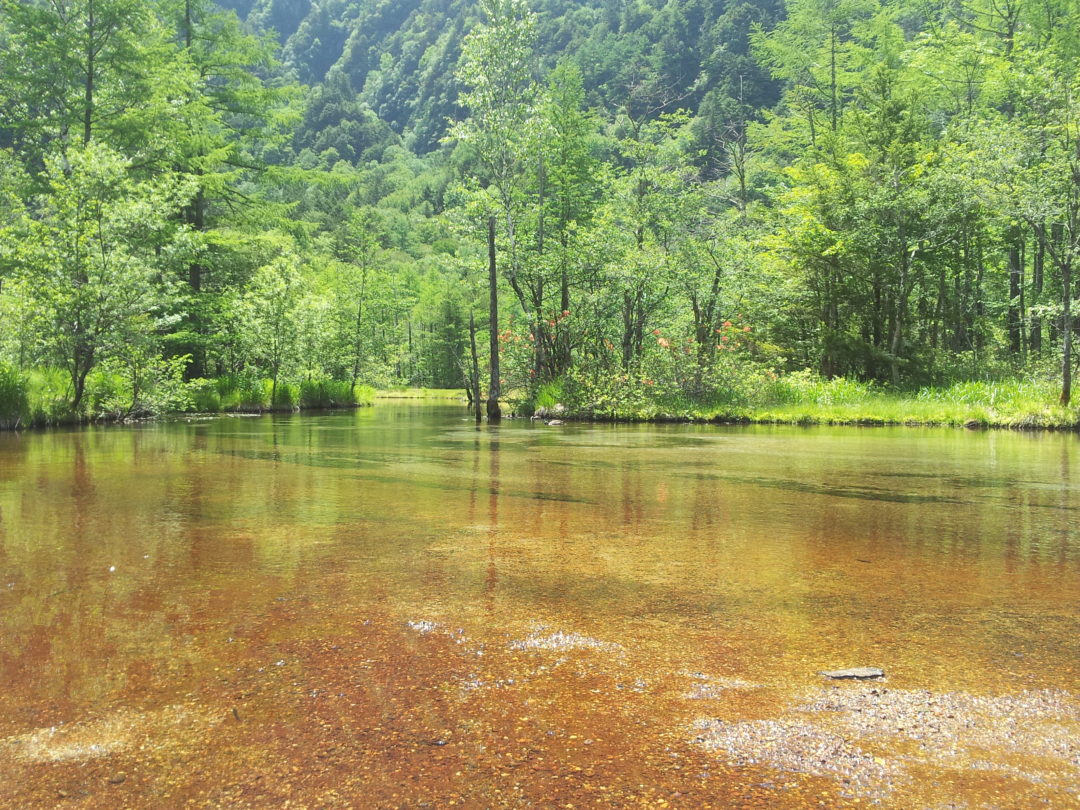
Tashiro-ike Pond was at one time five meters deep, but over the last hundred years rainwater flowing down from the mountains to the east, notably Roppyaku-san and Kasumizawa-dake, has carried with it mineral-rich sediment, gradually filling the pond. This pond is now mere centimeters deep, its waters tinted the rich hues of the earth underneath.
Myojin-ike
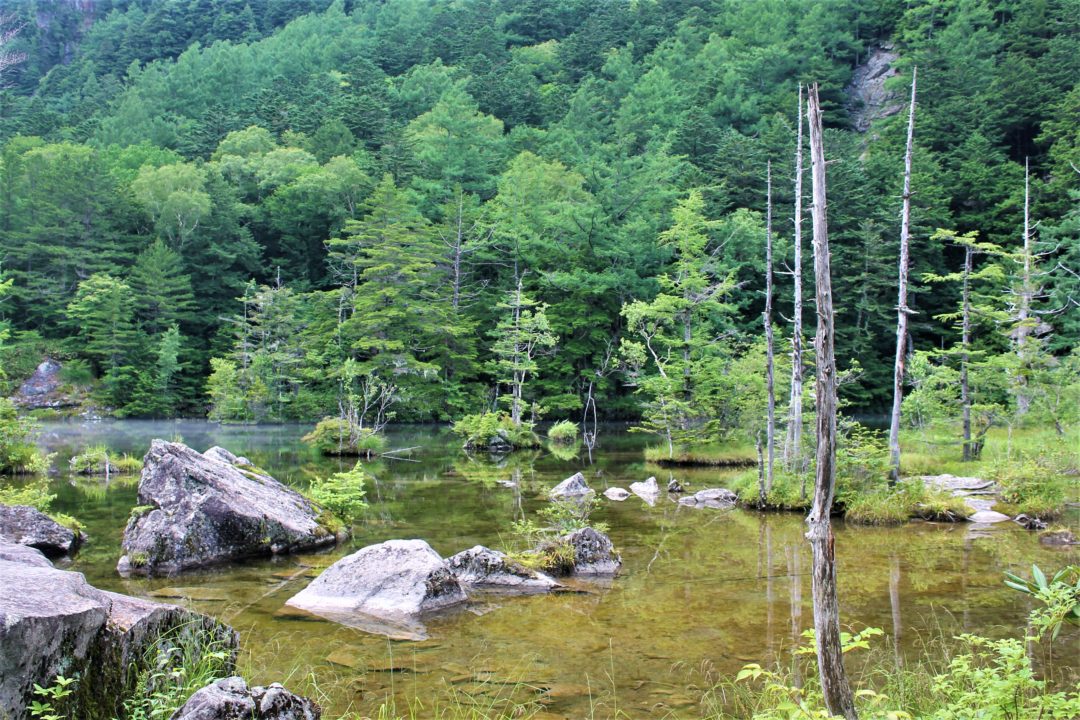
Actually considered two ponds, Myojin-ike used to lie in the path of the Azusagawa. But the slow collapse of dirt and gravel from the slopes of Myojin-dake blocked and diverted the Azusagawa’s waters, leaving behind these two serene and picturesque ponds.
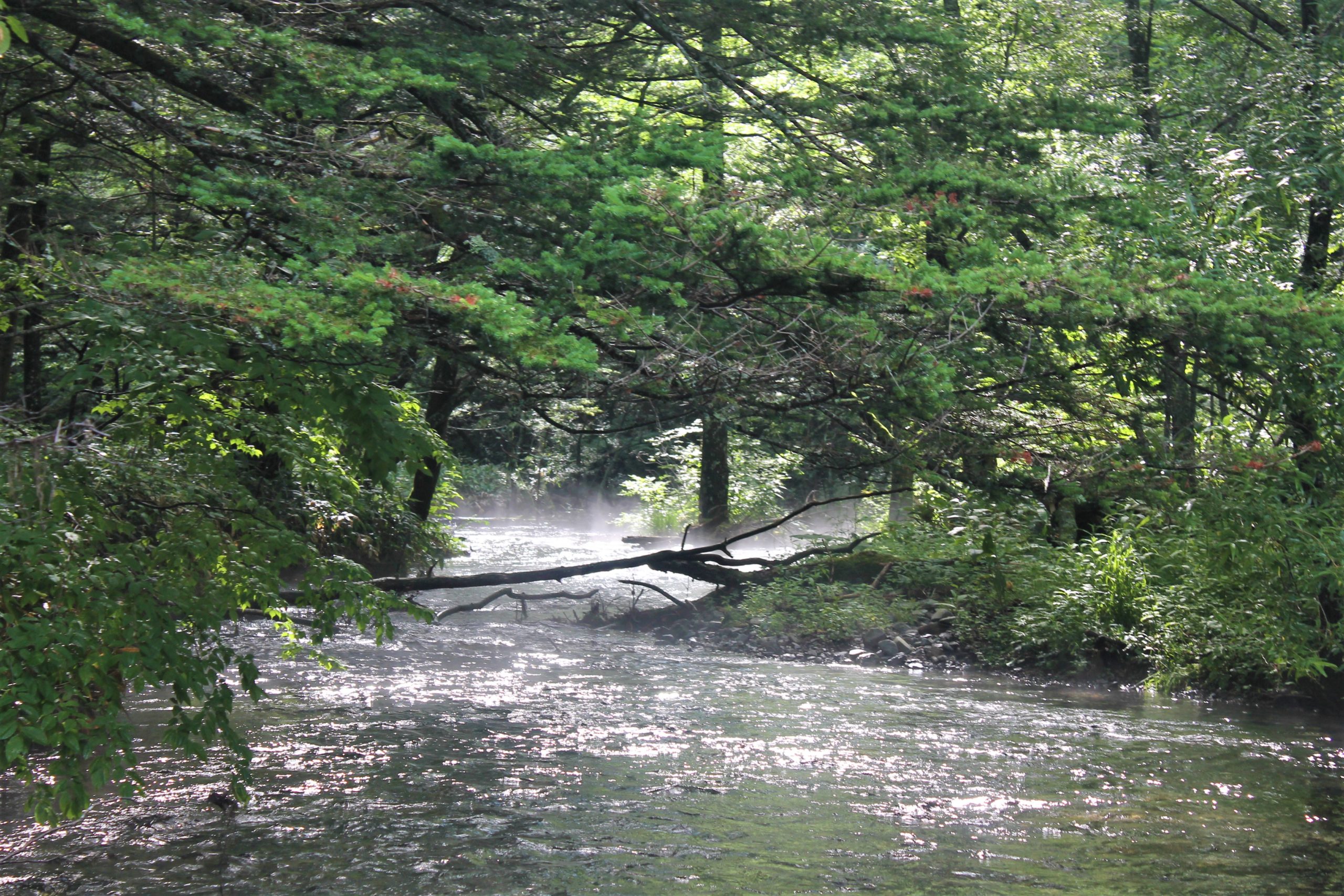
More than just a pond (or two), Myojin-ike is tied to a certain Japanese legend wherein Hotakami-no-mikoto, son of Wadatsumi-no-kami, the god of the sea, descended from heaven when the world was new, alighting atop Mt. Hotaka. Kamikochi is thus the revered home of Hotakami-no-mikoto, the deity who protects these mountains. Here at Myojin-ike sits Hotaka-Okumiya, the sacred innermost part of Hotaka Shrine. The importance of this legend is reflected in the original characters for Kamikochi which meant “Place where the gods descended”.
Dake-sawa Marsh
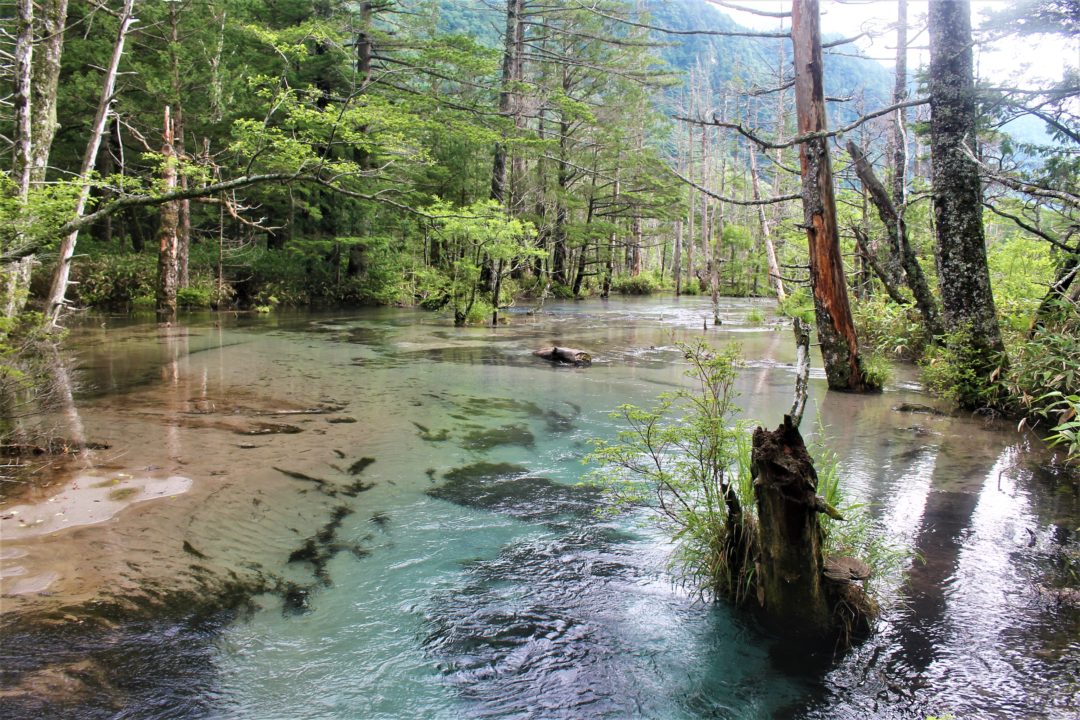
Similar to some of Kamikochi’s smaller streams, the waters of Dake-sawa Marsh consist of rainwater and snowmelt flowing underground, down nearby Dake-sawa Gorge. These waters remain at a constant temperature year-round, and thus do not freeze in winter. The path along the Azusagawa runs right through Dake-sawa, allowing one to easily enjoy what some say is the most picturesque place in all of Kamikochi.
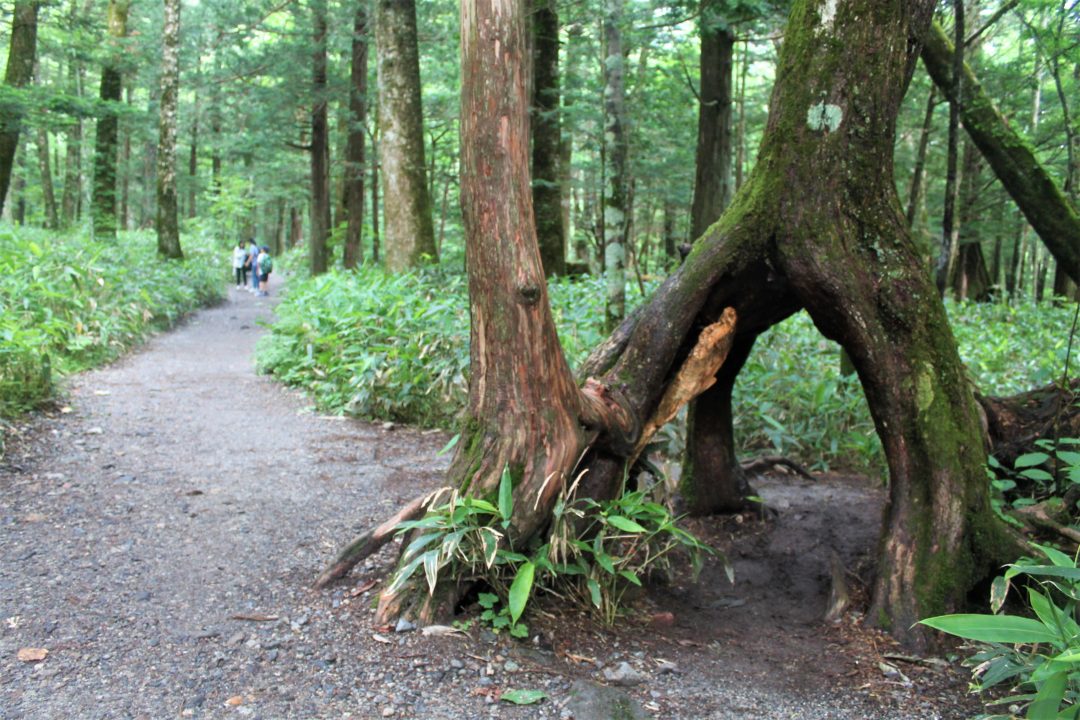
Kappa-bashi Bridge
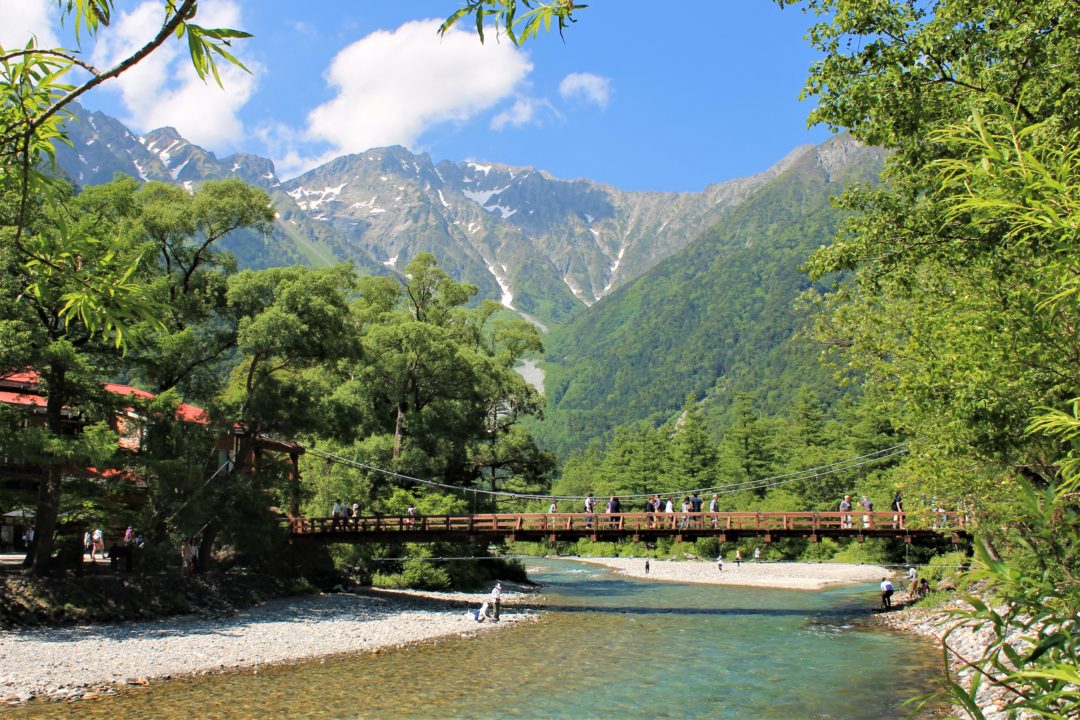
The de facto center of the Kamikochi Valley, Kappa-bashi is the foot bridge seen on virtually every Kamikochi brochure and webpage. For views encompassing the azure-blue waters of the Azusagawa and the grand peaks of Mt. Hotaka, the area around Kappa-bashi is hard to beat. This is also where you’ll find plenty of refreshment and opportunity to sit and relax among some of the most beautiful scenery Japan has to offer.
The Far Side of the Azusagawa
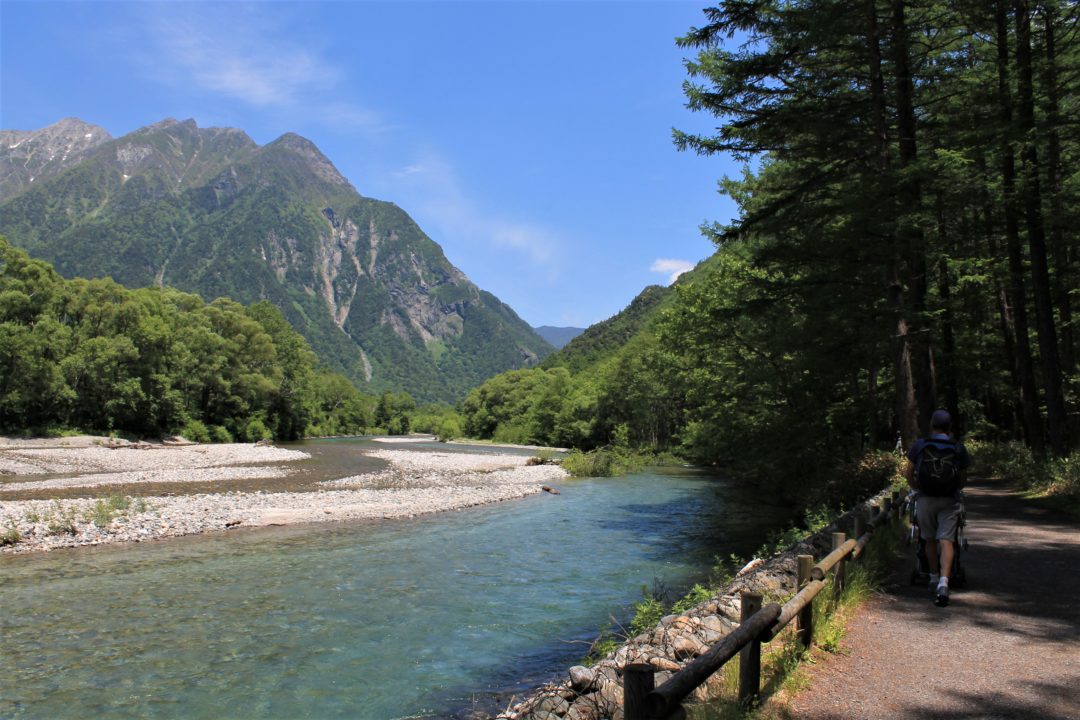
The Kamikochi Valley would not exist if not for the Azusagawa River. Interestingly, this river is responsible for another area of pristine beauty, far from Kappa-bashi but a nice quick ride from downtown Matsumoto: Azumino Valley.
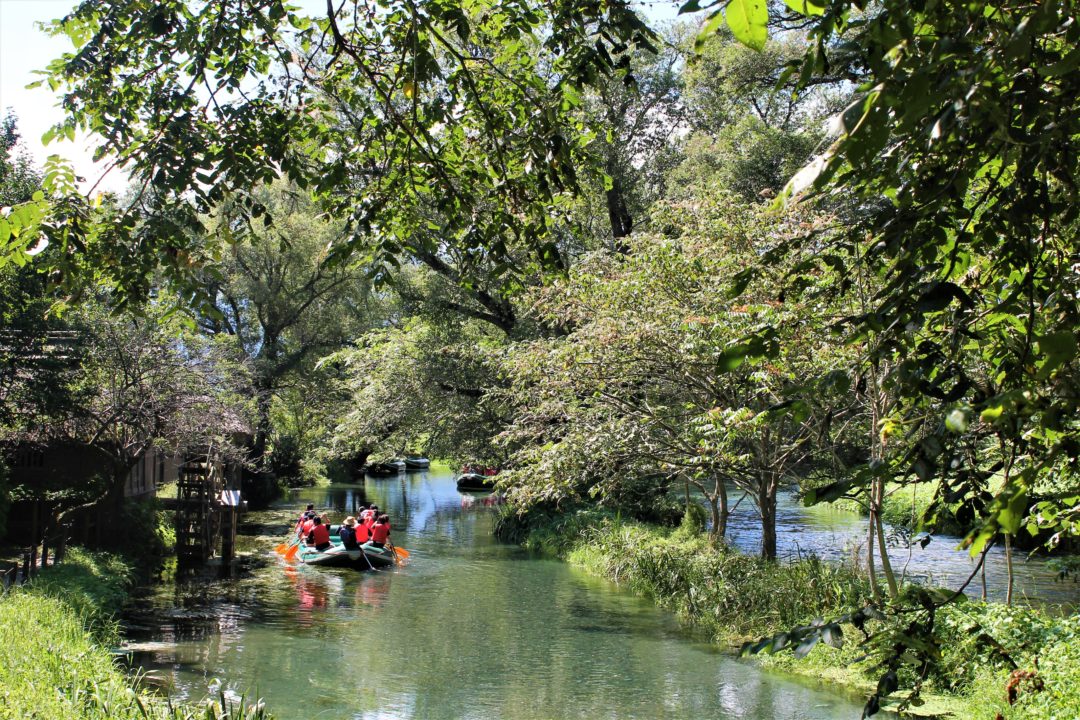
For all the rainwater and snowmelt running into the Azusagawa, by the time the river crosses the plains and spills into the Saigawa River it carries surprisingly little water. The nature of the soil in the area allows most of that rain and melted snow to spread out underground in what is known in geological circles as an alluvial fan.
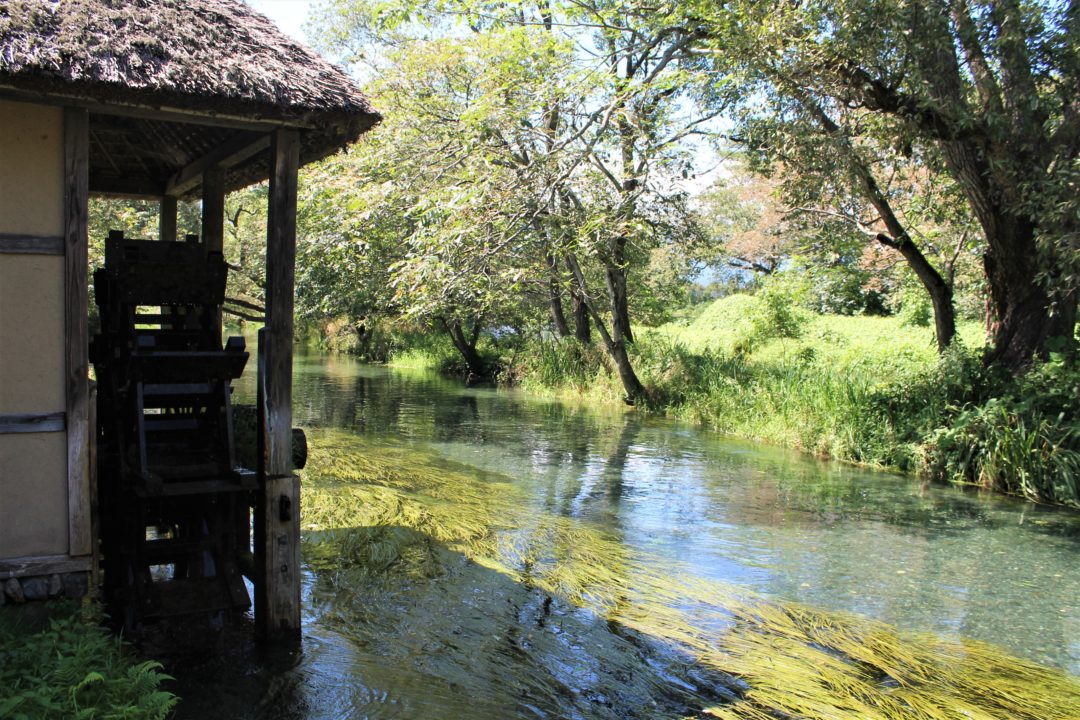
Some of this water reappears in streams so clear it is hard to believe it just seeped through miles of dirt. And it is the purity of these streams that has led to the establishment of several wasabi farms, including Daio, the largest wasabi farm in Japan. Located in the countryside of Azumino, just north of Matsumoto City, a trip to Daio, like Kamikochi, is a great way to spend a bit of your time here in Matsumoto.
1-Day Tour: Azumino & Kamikochi Valley
Photo & Video Gallery
Author Profile

Latest entries
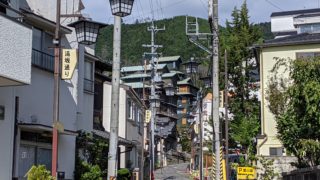 Sightseeing2023-12-18Handmade Soba, Simple Hiking & Hot Springs, All in Asama Onsen
Sightseeing2023-12-18Handmade Soba, Simple Hiking & Hot Springs, All in Asama Onsen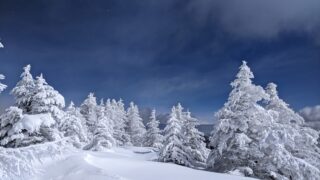 Seasonal Topics2023-12-04Winter Wonderland: 5 Ways to Put Your Feet in the Matsumoto Snow
Seasonal Topics2023-12-04Winter Wonderland: 5 Ways to Put Your Feet in the Matsumoto Snow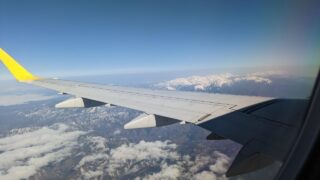 Other2023-07-14Shinshu Matsumoto Airport: Gateway to the Center of Japan
Other2023-07-14Shinshu Matsumoto Airport: Gateway to the Center of Japan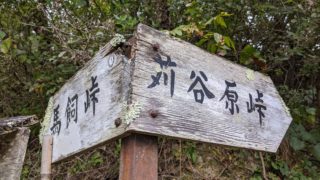 History2023-07-07Matsumoto’s Old Kaido Roads: On the Trails of History
History2023-07-07Matsumoto’s Old Kaido Roads: On the Trails of History

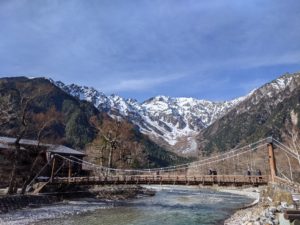
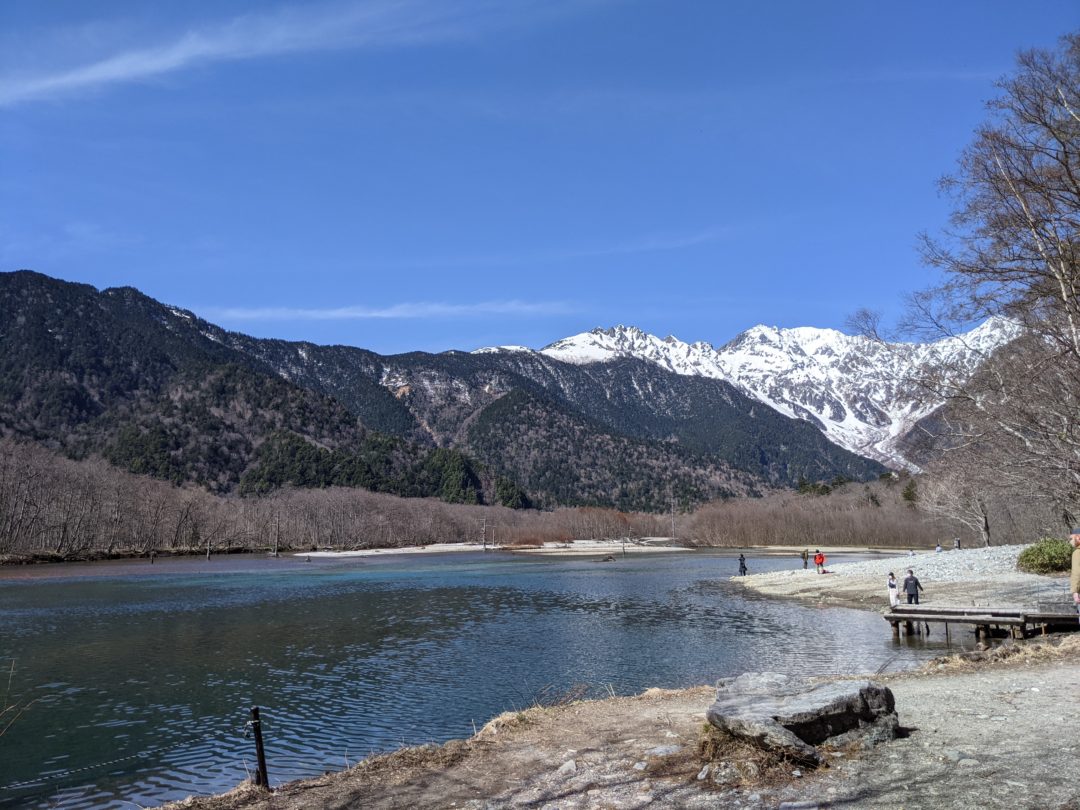
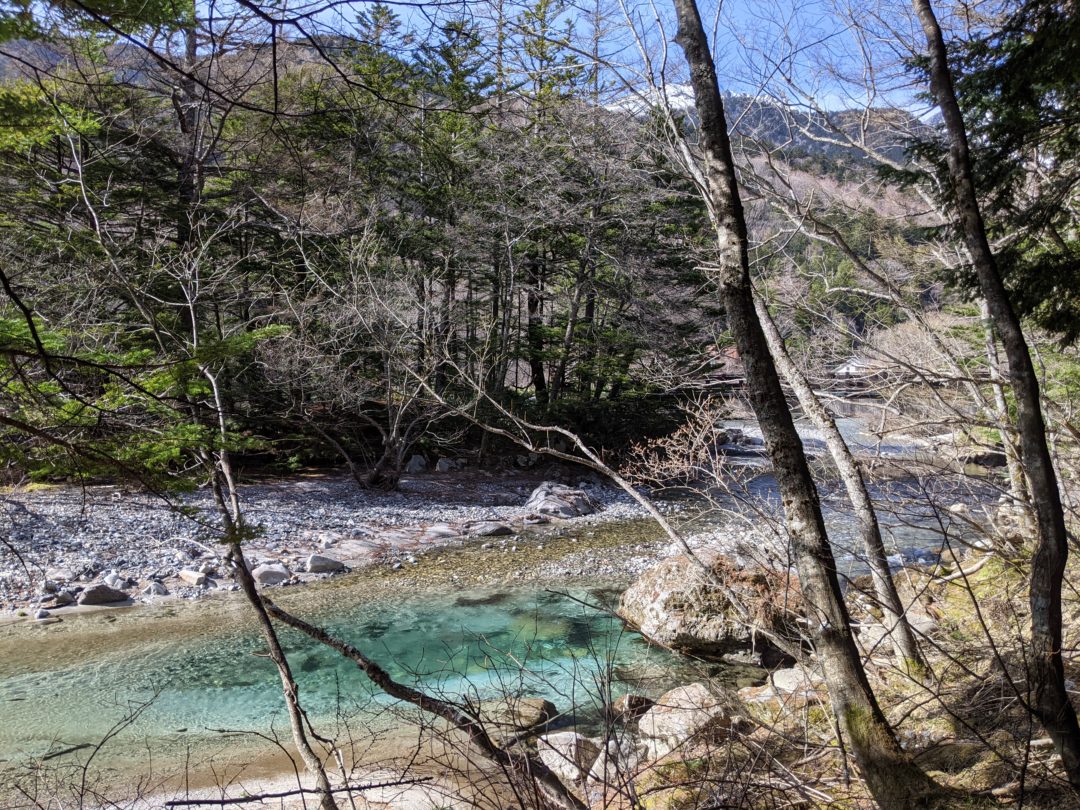
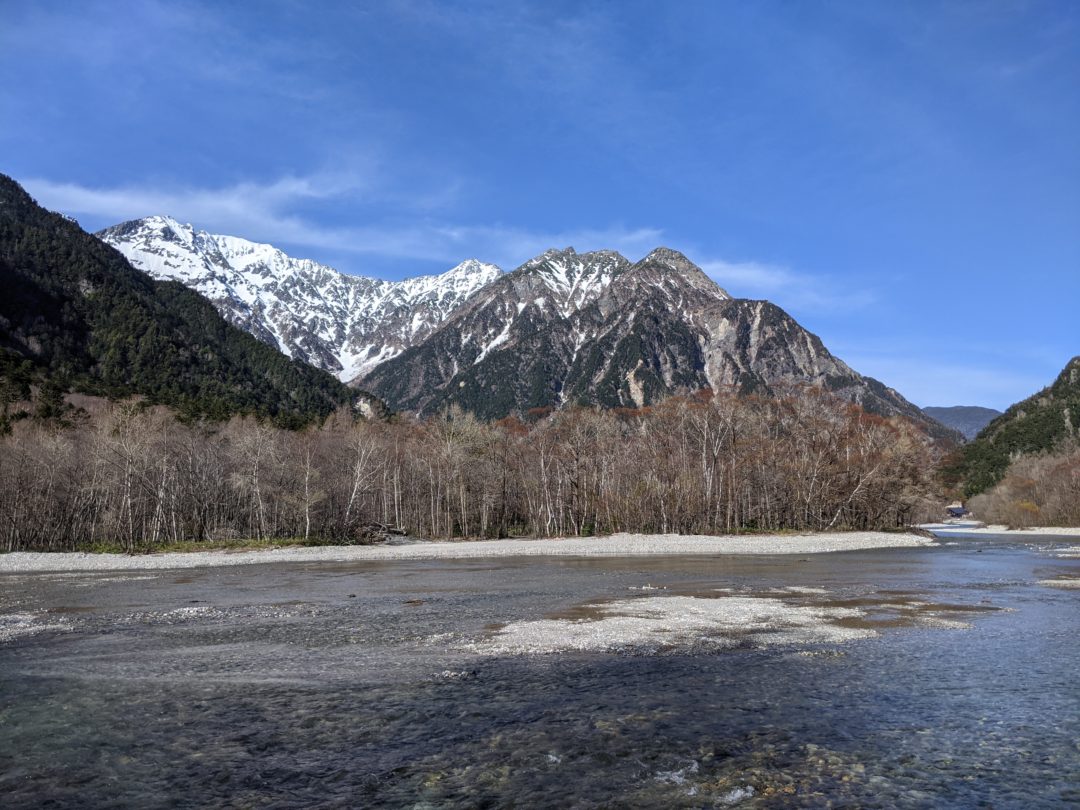
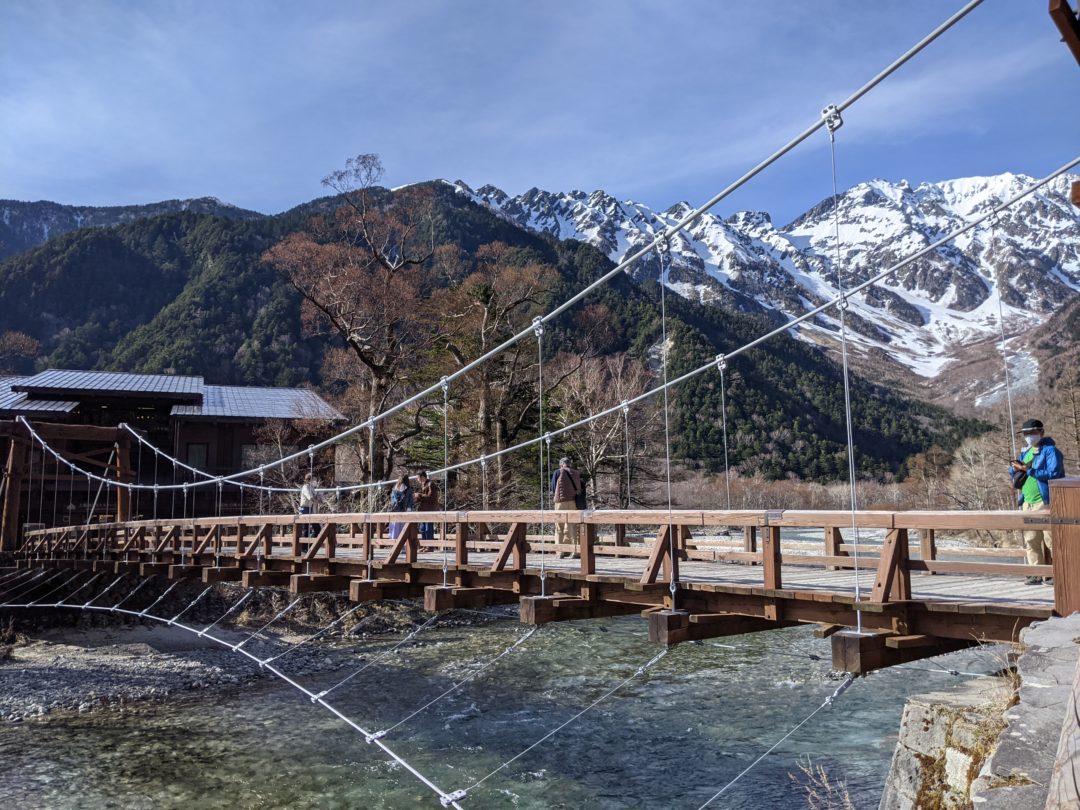
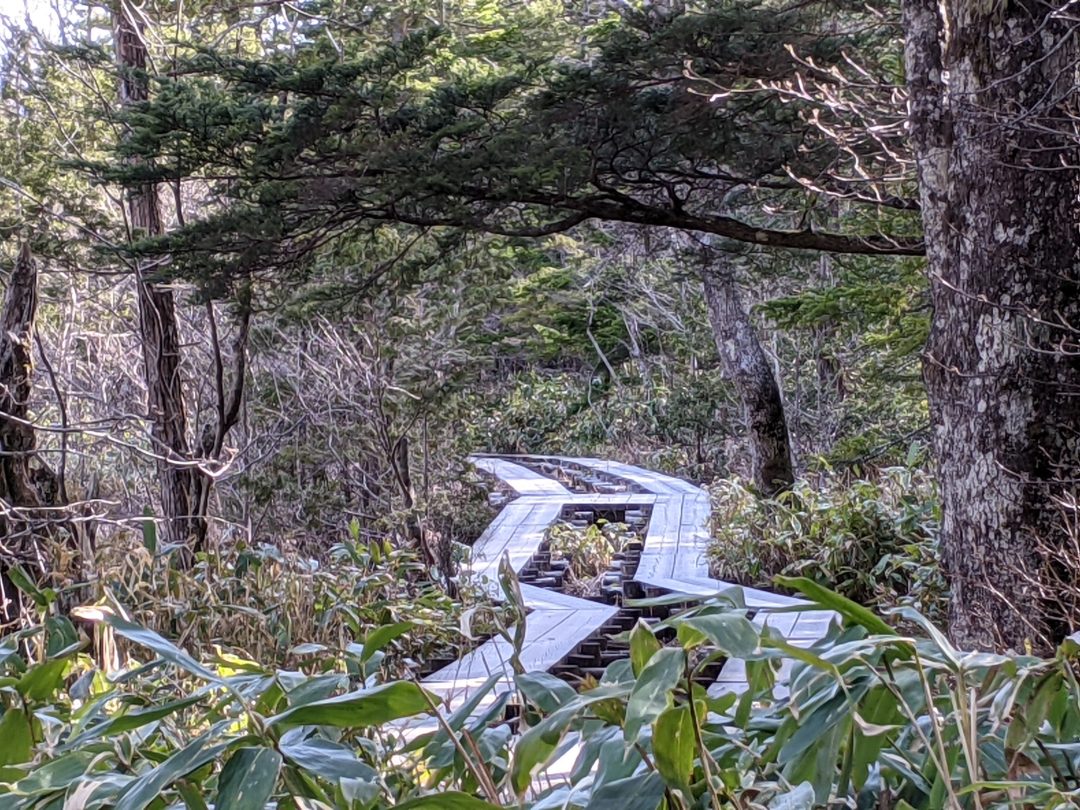
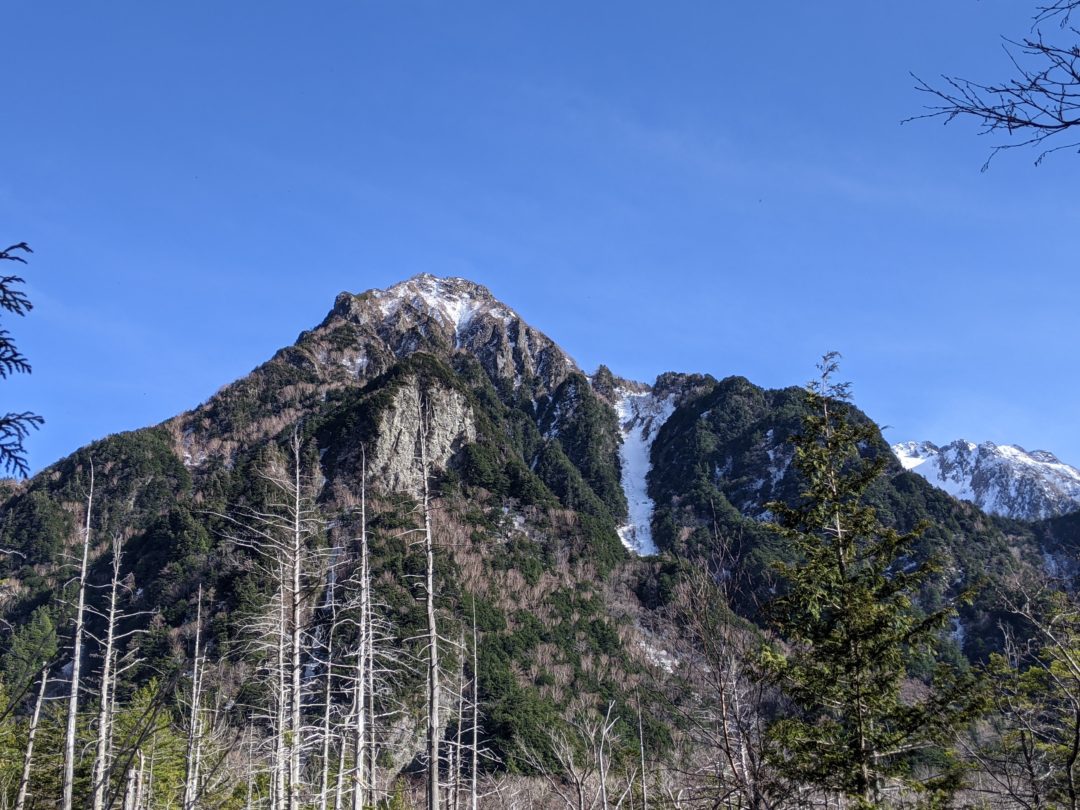
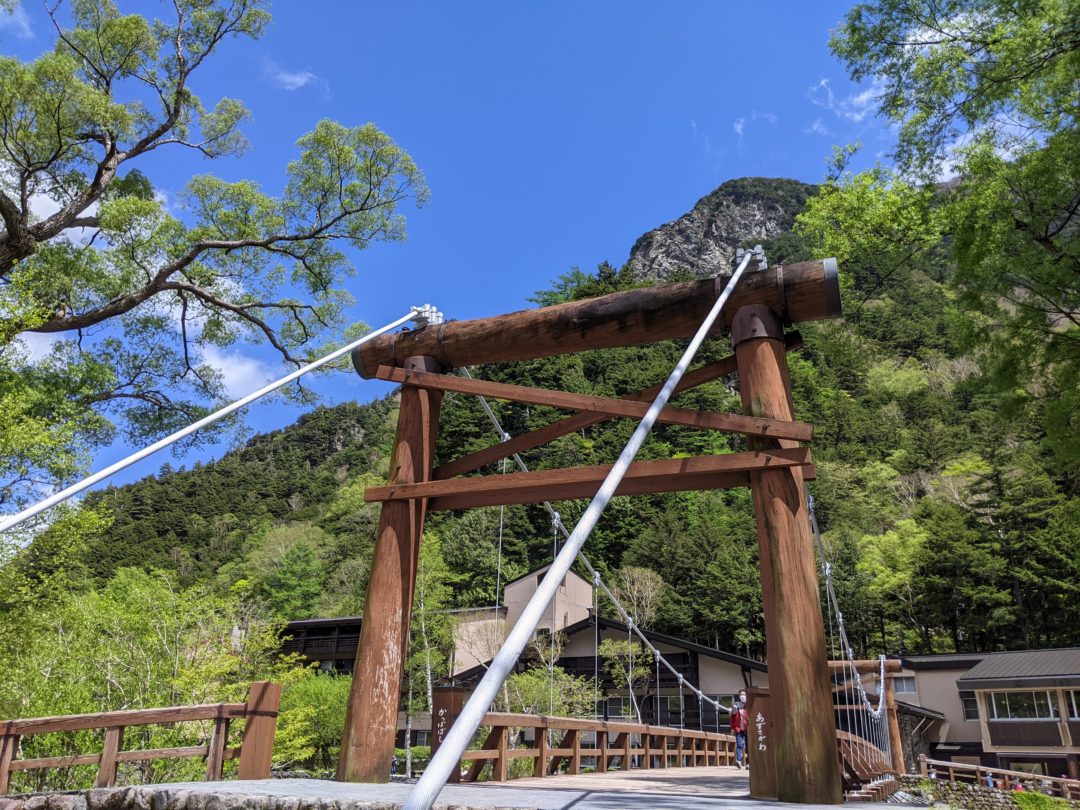
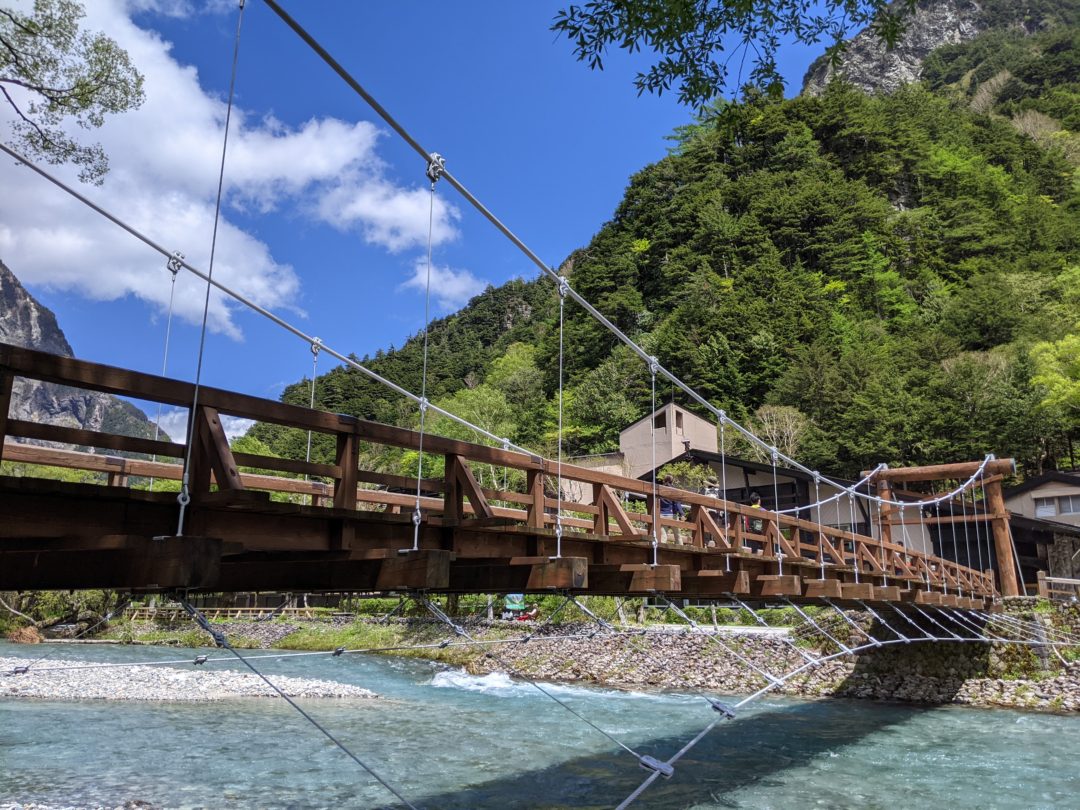
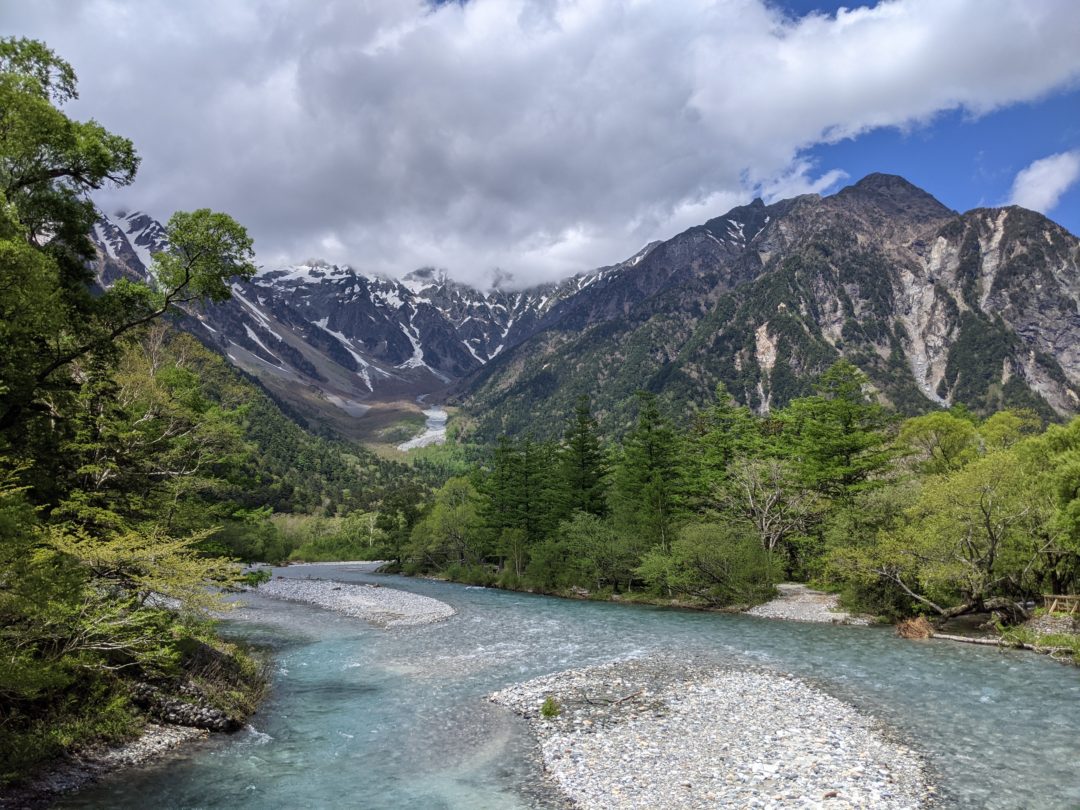
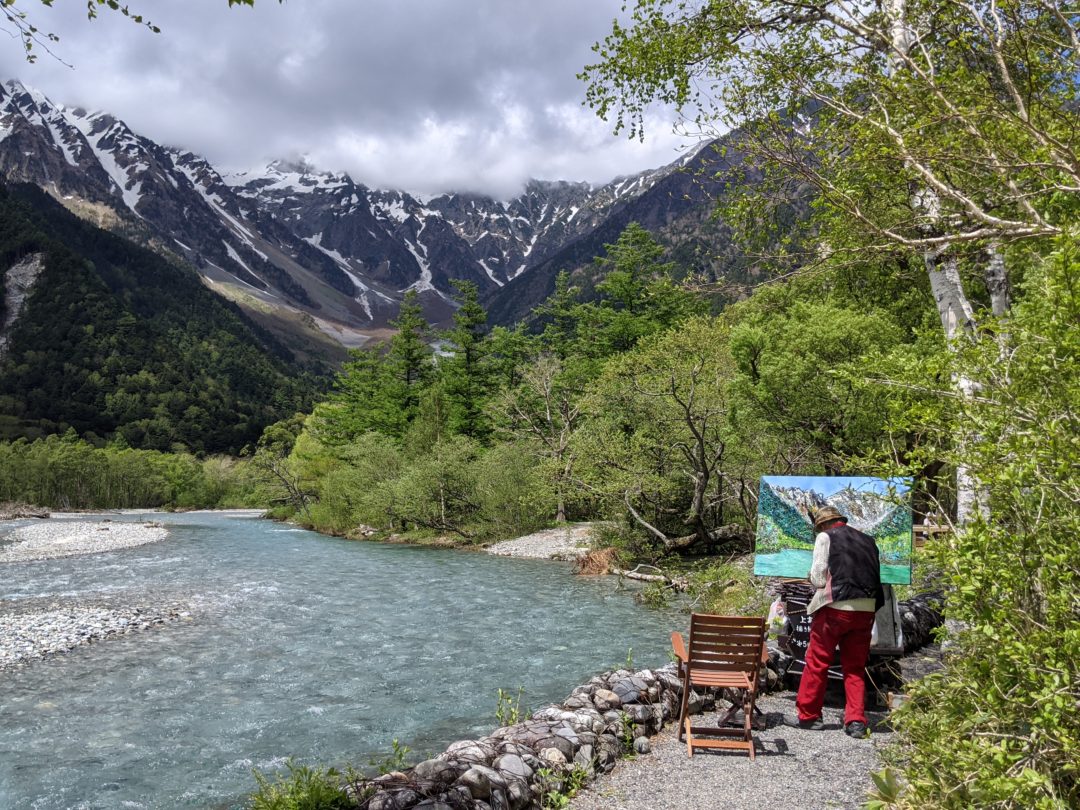
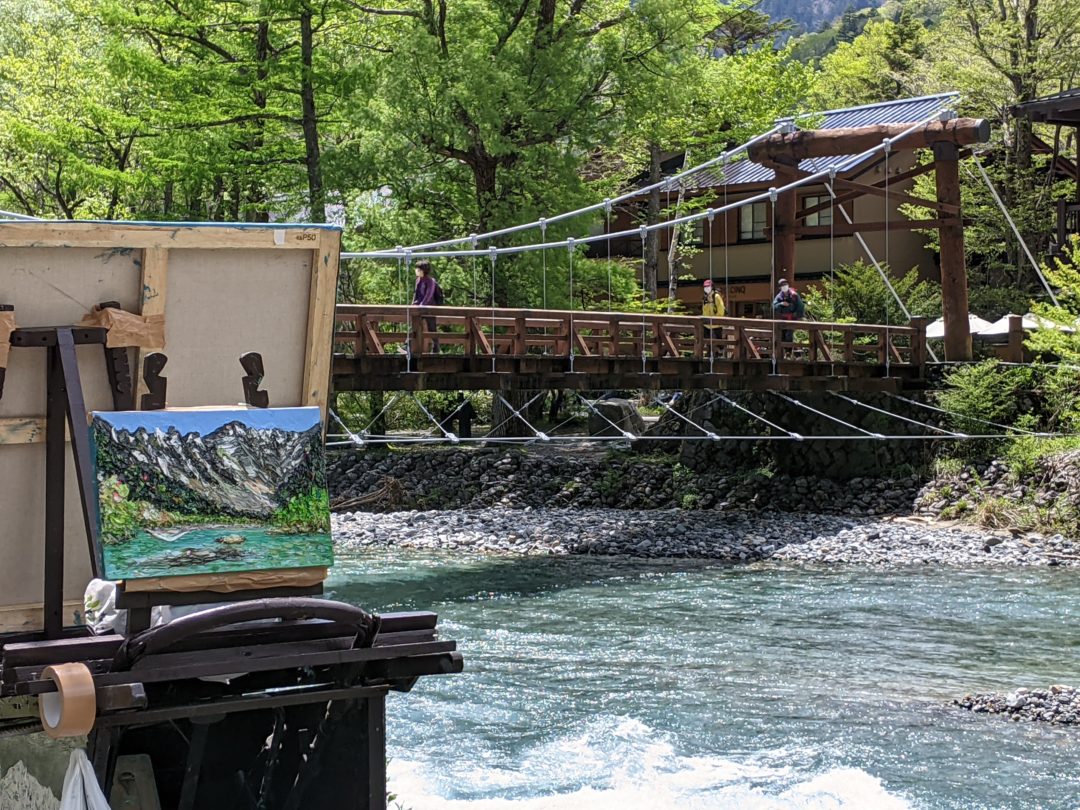
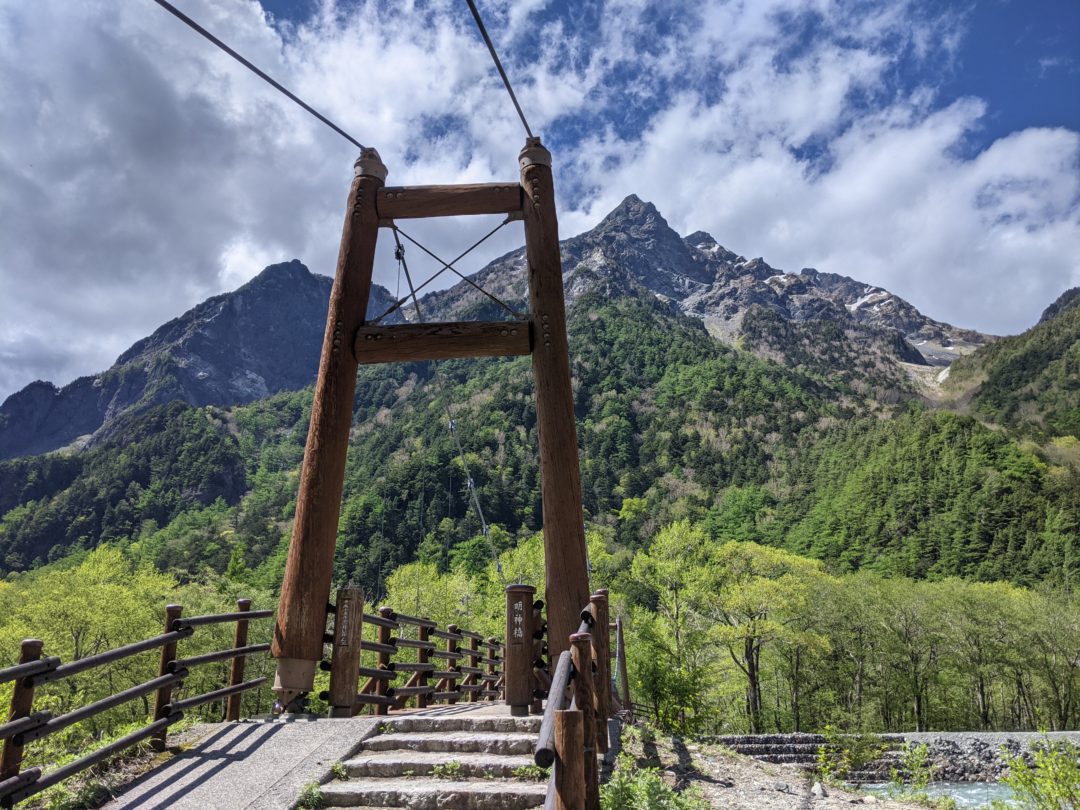
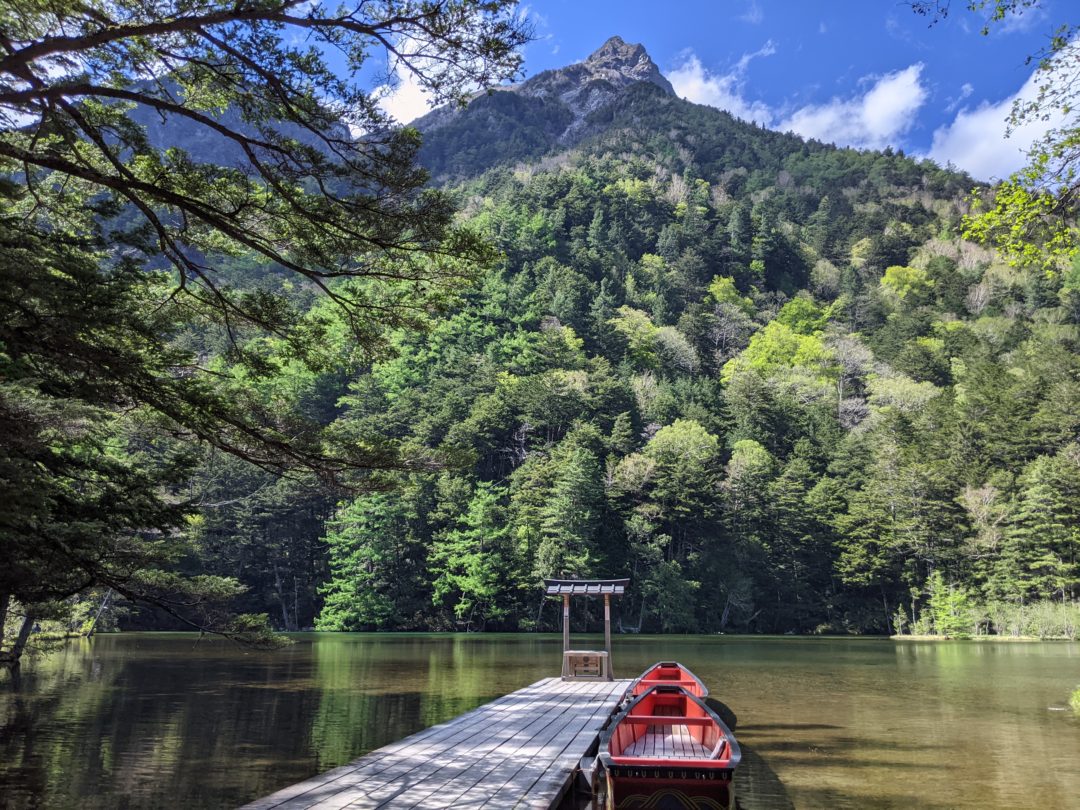
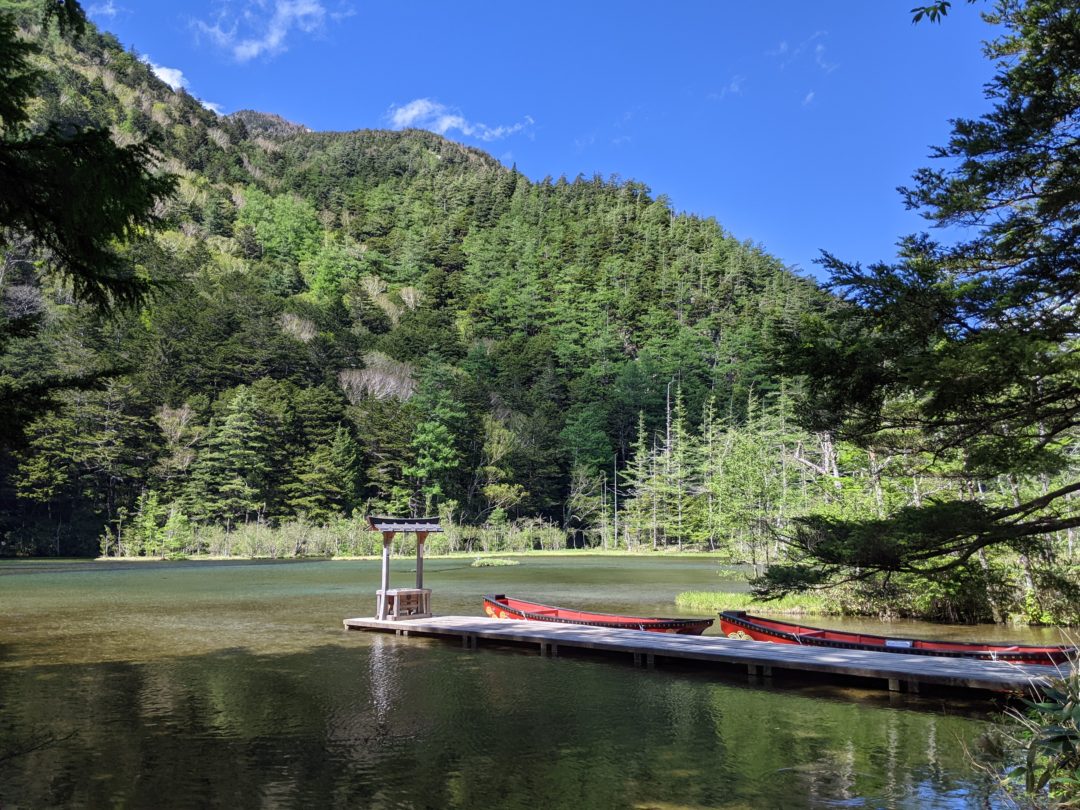
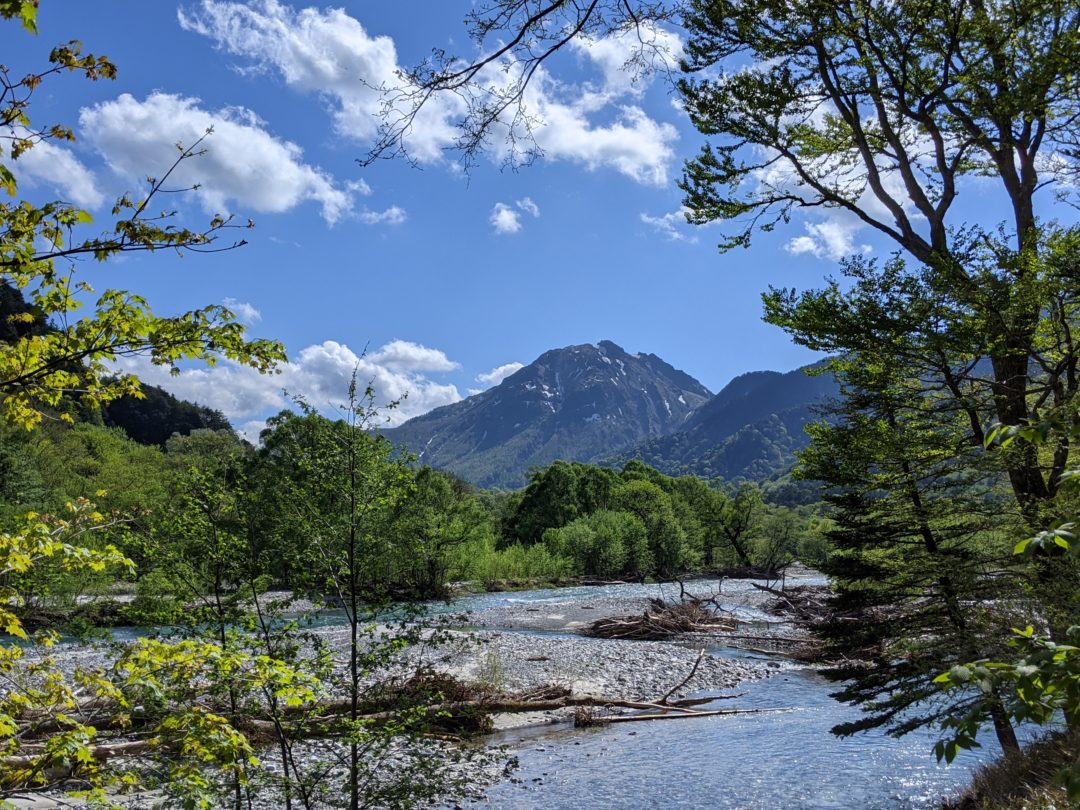
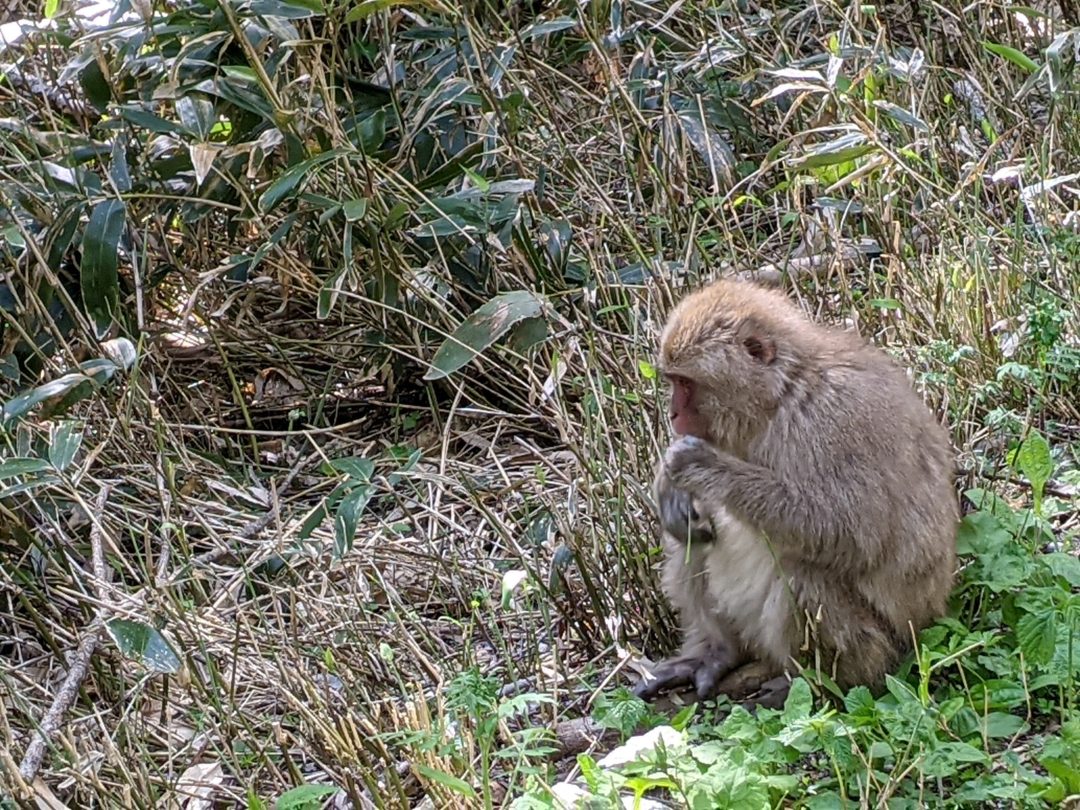
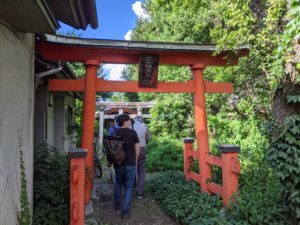
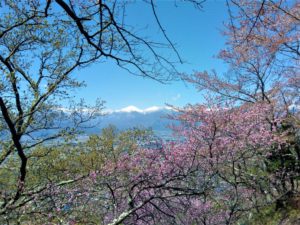
4 thoughts on “Take In Beautiful Kamikochi, the Jewel of the Japanese Alps”